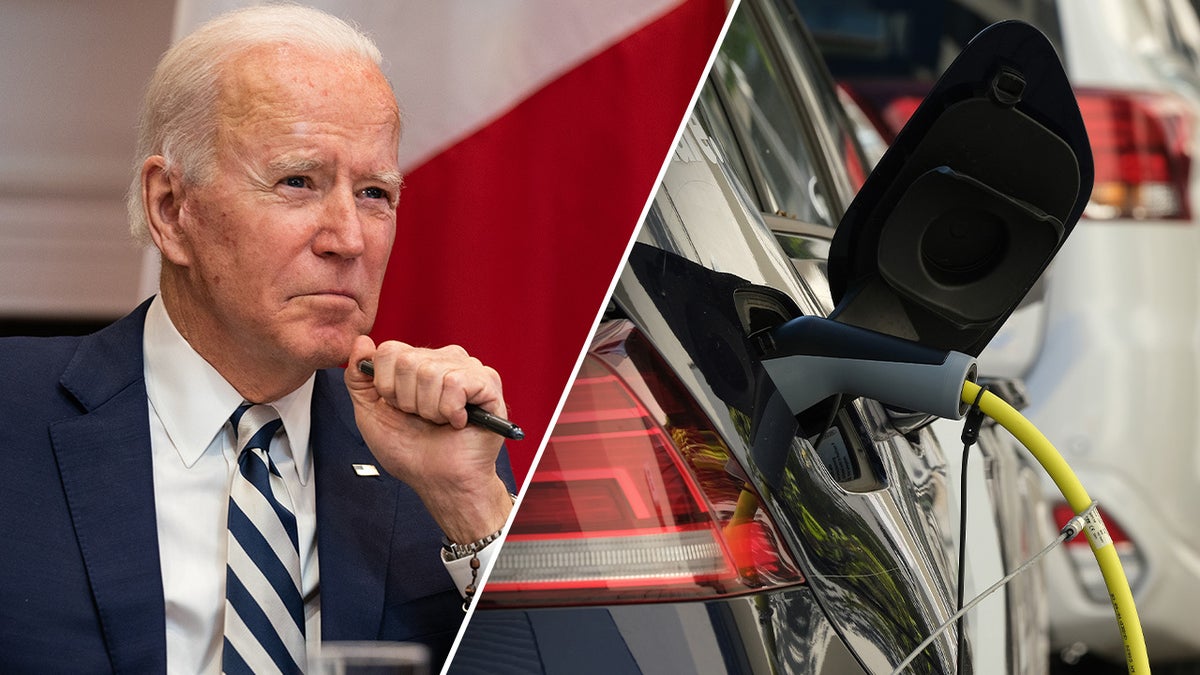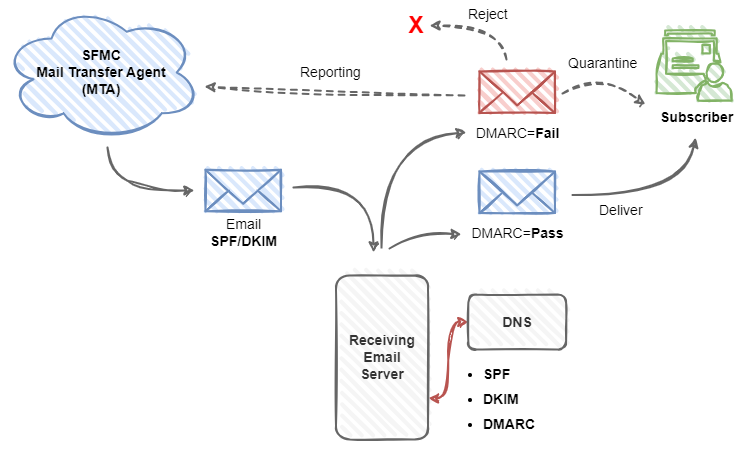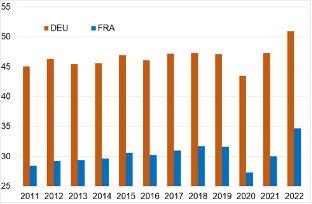Renewed Pressure: Car Dealers' Ongoing Battle Against EV Mandates

Table of Contents
The Economic Realities Facing Dealerships
The transition to EVs presents substantial economic hurdles for car dealerships, particularly smaller independent operations. These challenges stem from high initial investment costs, shifting consumer demand, and the uncertainty surrounding government support.
High Initial Investment Costs
Dealerships face significant upfront costs to adapt to the EV market. This includes substantial investments in:
- Charging Infrastructure: Installing fast-charging stations requires considerable capital expenditure and may necessitate physical modifications to dealership premises. The cost varies depending on the number of chargers and the type of charging technology implemented.
- Specialized EV Tools and Equipment: Servicing and repairing EVs requires specialized tools and diagnostic equipment that differ significantly from those used for internal combustion engine (ICE) vehicles. This represents a substantial investment beyond the typical tools already in use.
- Technician Training: Mechanics need extensive training to work on EV technology, including high-voltage systems and battery management. This training can be expensive and time-consuming, requiring dealerships to invest in training programs or hire already-qualified EV technicians, which are currently in short supply.
- Inventory Management: Managing inventory becomes more complex with the addition of EVs, requiring dealers to carefully balance stock of ICE vehicles and EVs to meet fluctuating demand. The higher cost of EVs compared to ICE vehicles also impacts inventory investment.
The financial burden of EV adoption can be crippling for smaller dealerships, potentially leading to business closures if they lack sufficient financial resources.
Shifting Consumer Demand
While EV sales are growing, the market isn't yet ready for a complete and rapid transition. Several factors influence consumer hesitancy:
- Range Anxiety: Concerns about limited driving range and the availability of charging stations remain a significant barrier to EV adoption.
- Charging Infrastructure Limitations: The lack of widespread and reliable public charging infrastructure continues to deter potential EV buyers. Many potential customers are concerned about the inconvenience and time required for charging.
- Higher Purchase Prices: EVs generally have a higher upfront purchase price compared to comparable ICE vehicles, making them less accessible to some consumers.
Educating consumers about the benefits of EVs, including lower running costs, reduced emissions, and government incentives, is crucial for driving demand and mitigating the challenges faced by dealerships.
Uncertainty and Lack of Government Support
Dealerships require clear, consistent, and long-term government policies regarding EV mandates to effectively plan for the future.
- Inconsistent Regulations: Frequently changing regulations and inconsistent policy frameworks create uncertainty and hinder investment planning. This makes it challenging for dealers to commit the necessary resources to EV infrastructure and training.
- Need for Financial Incentives: Government financial incentives, such as tax breaks, grants, and subsidies, could help offset the high initial investment costs associated with EV adoption, encouraging dealers to actively embrace the transition.
Clearer governmental guidelines and appropriate financial support are critical to mitigating the economic risks for dealerships during this transition.
Practical Challenges in Adapting to EV Sales
Beyond the financial implications, dealerships face numerous practical challenges in adapting to the sale and servicing of EVs.
Training and Expertise
The lack of qualified EV technicians is a major hurdle for dealerships.
- Specialized Training: Mechanics need specific training to service and repair EVs safely and effectively. This training goes beyond standard automotive repair and focuses on high-voltage systems, battery management, and other EV-specific components.
- Skills Gap: The current shortage of EV-trained technicians creates a bottleneck in providing timely and efficient service to EV owners. This can negatively impact customer satisfaction and dealer reputation.
- Government-Funded Programs: Government-funded training programs are needed to address the skills gap and ensure that a sufficient number of qualified technicians are available to support the growing EV market.
Dealerships must prioritize technician training to maintain and enhance their service capabilities.
Infrastructure Limitations
Installing sufficient charging infrastructure presents a significant challenge for dealerships.
- Space Constraints: Many dealerships lack the space to install numerous fast-charging stations. This is particularly true for smaller dealerships with limited parking areas.
- Power Requirements: EV charging stations require significant power capacity, which may necessitate upgrades to existing electrical infrastructure.
- Collaboration: Collaboration between dealerships and energy providers is essential to ensure a smooth and reliable charging infrastructure is implemented.
Inventory Management
Effectively managing inventory in a transitioning market requires careful planning and forecasting.
- Balancing Demand: Dealerships must balance the inventory of ICE vehicles and EVs based on fluctuating market demand. Misjudging demand could lead to significant losses due to either surplus or shortage of specific vehicle types.
- Data-Driven Strategies: Employing data-driven inventory management strategies, using sales data and market trends to anticipate future demand, is crucial to optimize stock levels and minimize financial risks.
Strategies for Dealerships to Navigate the EV Mandate Landscape
To thrive in this changing landscape, dealerships need proactive adaptation, active advocacy, and strategic diversification.
Proactive Adaptation
Dealerships should invest in EV infrastructure and employee training early to stay ahead of the curve.
- Early Investment: Investing in charging infrastructure and technician training early allows dealerships to establish themselves as EV-ready businesses, attracting customers who are seeking these services.
- Partnerships: Partnering with EV manufacturers can provide access to specialized training, technical expertise, and marketing support.
- Digital Marketing: Dealerships should employ effective digital marketing strategies, targeting environmentally conscious consumers who are actively seeking EVs.
Early and informed adaptation reduces risks and positions dealerships for success.
Advocacy and Collaboration
Dealerships need to actively participate in advocacy efforts and collaborate with industry stakeholders.
- Industry Associations: Working with industry associations to lobby for more realistic and supportive EV mandates, ensuring that the pace of transition is both achievable and sustainable.
- Government Collaboration: Collaboration with government agencies to improve public charging infrastructure and resolve other related logistical issues.
- Open Dialogue: Engage in open and constructive dialogue with governmental bodies to find solutions that balance environmental goals with the needs of the automotive industry.
Diversification and Innovation
Expanding service offerings and exploring new revenue streams increases resilience.
- EV Maintenance & Repair: Focusing on EV maintenance and repair services creates a new revenue stream aligned with the growing demand.
- Renewable Energy: Investing in renewable energy solutions for the dealership itself can lower operating costs and improve the business's environmental image, attracting environmentally-conscious customers.
Conclusion
The ongoing battle between car dealers and increasingly strict EV mandates highlights a complex interplay of economic realities, practical challenges, and the need for collaborative solutions. While the transition to electric vehicles is inevitable, the pace of change needs to be manageable for dealerships to survive and thrive. By proactively adapting, advocating for realistic policies, and diversifying their business models, car dealers can successfully navigate the challenges presented by EV mandates and contribute to a sustainable future for the automotive industry. Understanding the pressures and challenges surrounding EV mandates is crucial for all stakeholders. Let's continue the conversation about finding solutions that work for everyone involved in this transition to electric vehicles. The future of car dealerships depends on effectively managing the challenges presented by increased EV mandates.

Featured Posts
-
 Podcast Production Revolution Ai Digest For Scatological Documents
Apr 27, 2025
Podcast Production Revolution Ai Digest For Scatological Documents
Apr 27, 2025 -
 Office365 Executive Inboxes Targeted Crook Makes Millions Authorities Say
Apr 27, 2025
Office365 Executive Inboxes Targeted Crook Makes Millions Authorities Say
Apr 27, 2025 -
 Autism Research Concerns Raised Over Appointment Of Anti Vaccination Leader
Apr 27, 2025
Autism Research Concerns Raised Over Appointment Of Anti Vaccination Leader
Apr 27, 2025 -
 Pne Group Adds Two Wind Farms Boosting Renewable Energy Capacity
Apr 27, 2025
Pne Group Adds Two Wind Farms Boosting Renewable Energy Capacity
Apr 27, 2025 -
 Un Ano De Salario Por Maternidad El Nuevo Estandar De La Wta
Apr 27, 2025
Un Ano De Salario Por Maternidad El Nuevo Estandar De La Wta
Apr 27, 2025
Latest Posts
-
 Analyzing The Dax The Role Of Politics And Business In Market Fluctuations
Apr 27, 2025
Analyzing The Dax The Role Of Politics And Business In Market Fluctuations
Apr 27, 2025 -
 Bundestag Elections And Their Effect On The Dax Index
Apr 27, 2025
Bundestag Elections And Their Effect On The Dax Index
Apr 27, 2025 -
 German Stock Market Dax Election And Economic Influences
Apr 27, 2025
German Stock Market Dax Election And Economic Influences
Apr 27, 2025 -
 Dax Performance Impact Of German Elections And Business Data
Apr 27, 2025
Dax Performance Impact Of German Elections And Business Data
Apr 27, 2025 -
 Dax Bundestag Elections And Economic Indicators
Apr 27, 2025
Dax Bundestag Elections And Economic Indicators
Apr 27, 2025
